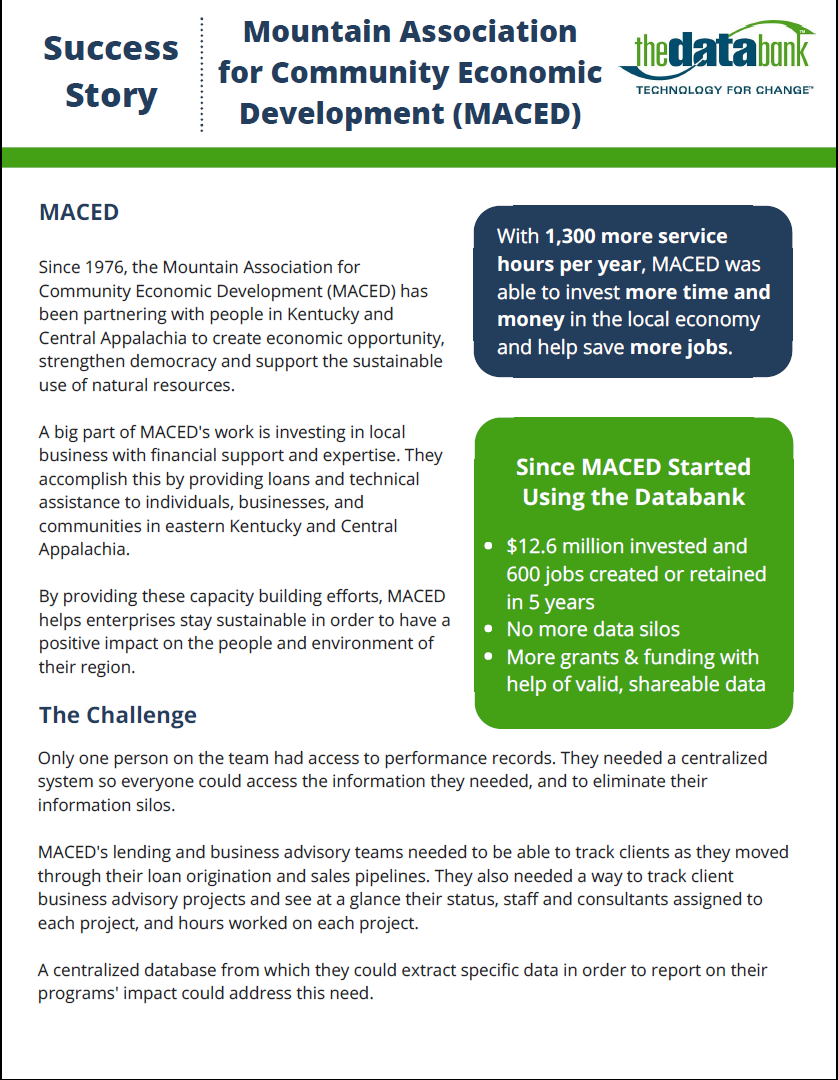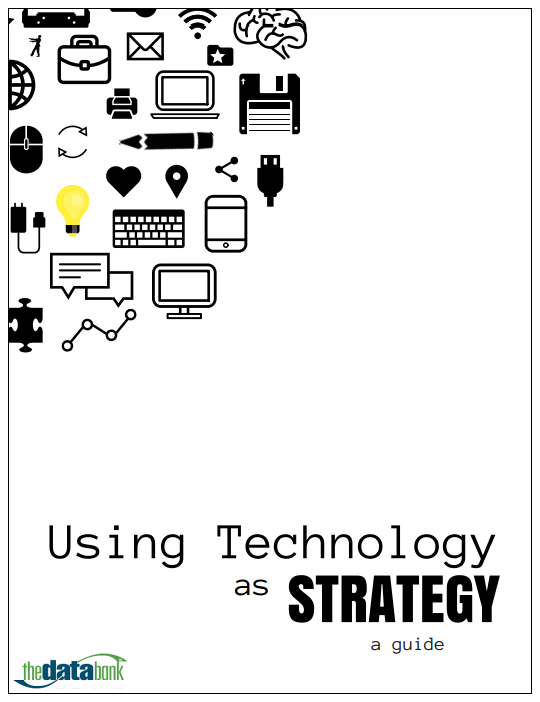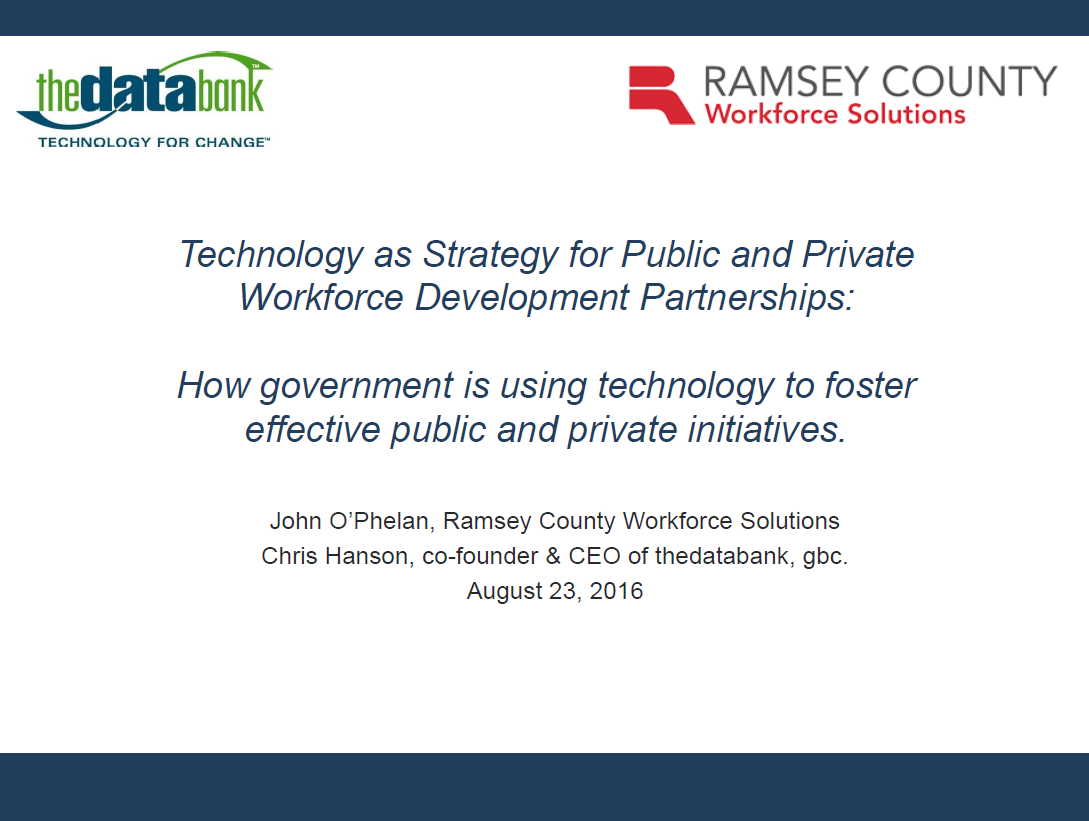I’ve been very fortunate to be able to go to many conferences and professional development events in the last couple of years and also, to be able to see many different kinds of communications that nonprofits make for their supporters.
I’ve seen a lot of great storytelling, but I’ve also seen a lot of not-so-great storytelling. And the most common reason for much of the less-than-stellar storytelling, both in nonprofit communications and conference sessions, has been too much time spent telling me what and why, and not enough time spent telling me how.
Don’t waste my time telling what and why if you aren’t also going to tell me how.
I’m going to use a session that I went to recently for an example: I went to a presentation on why you need to start doing content marketing. That is something that thedatabank has been doing for a couple of years, but I was looking forward to learning some new techniques and best practices. What I got instead was a two hour session going over what and why organizations need to do content marketing, but without giving any concrete examples on how to actually start doing content marketing.
The presenter said: ‘You need to do a website audit. This is why and these are the benefits.’ Awesome! How do I do a website audit? No idea. They didn’t give any templates for what that can look like or resources to research it later.
They said: ‘Content is king. You need to survey people visiting your website to find out what they want to find on your site.’ Excellent idea! How do I do that? No idea. They didn’t give examples of questions you ask your visitors. Do I need to hire someone to do this for me? How many people do I need to interview to get a good sample size?
I was left with so many questions about how to make these things happen, and felt very overwhelmed and lost at where I was supposed to begin to make all of this happen.
This is just an easy example of ways that good sessions fall short of being great sessions. The facilitators weren’t giving me enough information to be truly successful with the new information that I’d been given.
This doesn’t just apply to speaking sessions. Are you giving your supporters the full picture?
Are you spending your time telling your donors what you want them to do and why they should do it, without telling them a.) how to do it (with ineffective calls to action) or b.) how you’re using the support that they’re giving?
Let’s dig into those two ‘How’ options a little.
How A): Are you sending out appeals with lengthy descriptions of the work you’re doing and the reasons people should be donating to you, but burying the calls to action? Make sure supporters are clear on what you want them to do. If you want them to donate, make sure making a donation is as easy and and the instructions are as clear as possible. Have buttons, links, or simple forms. If you want them to take action, make sure they know exactly where to go in order to take that action. Don’t bury the lead.
How B.): Once someone donates to you, or takes action, do they ever hear from you again (unless it’s to ask for another donation/action)? Do they get an email or letter talking about the ways that their support directly helps the people you serve? Making your donors and supporters feel valued, and showing them the value of their contributions is a huge factor in retention. If the people who are contributing to your efforts only ever hear you asking for more and never feel like they are personally valued for what they do — what reason do they have to continue contributing?
You don’t want people walking away from the story that you’re trying to tell saying “I learned a lot about that topic, but I didn’t learn how to make change with the information I was given.”


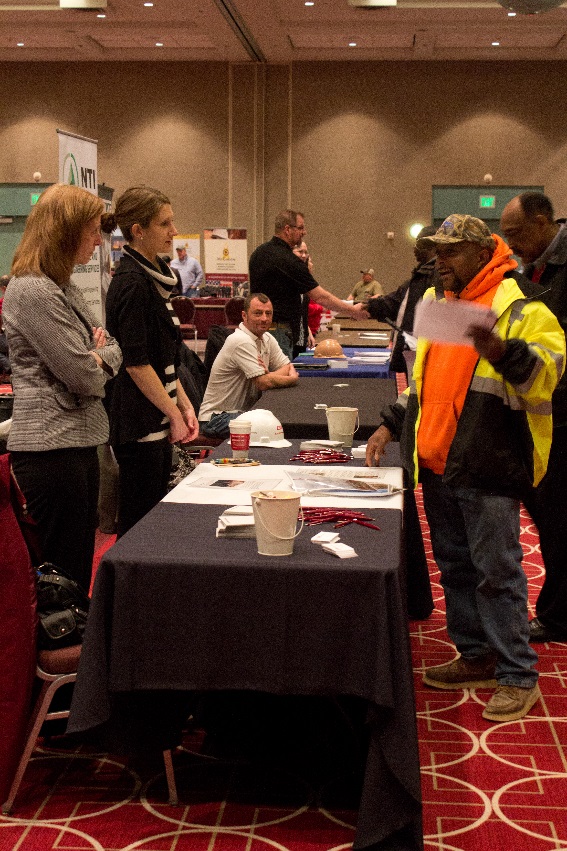

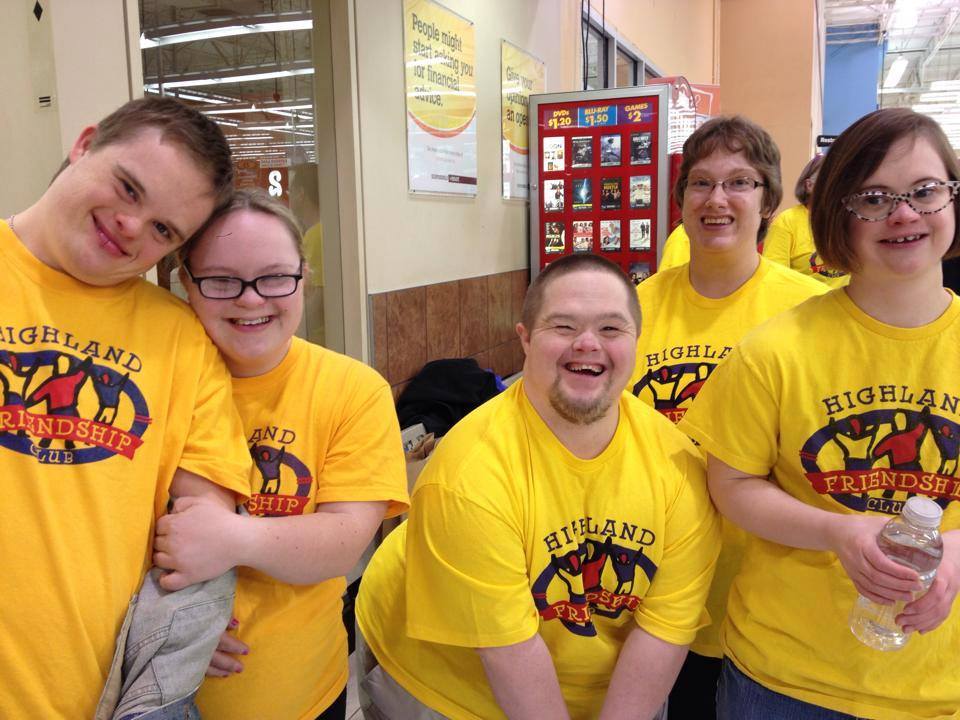

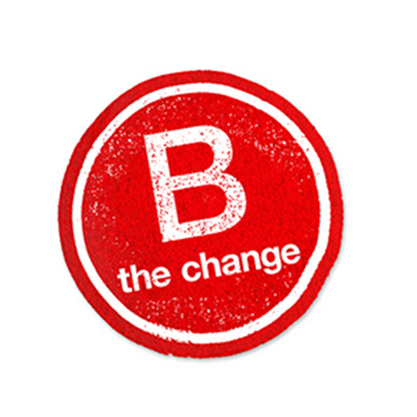
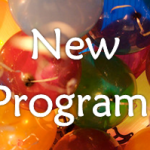

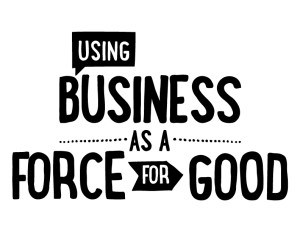
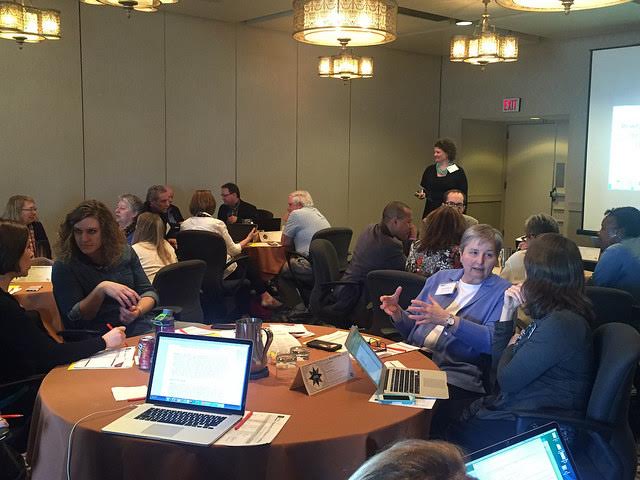
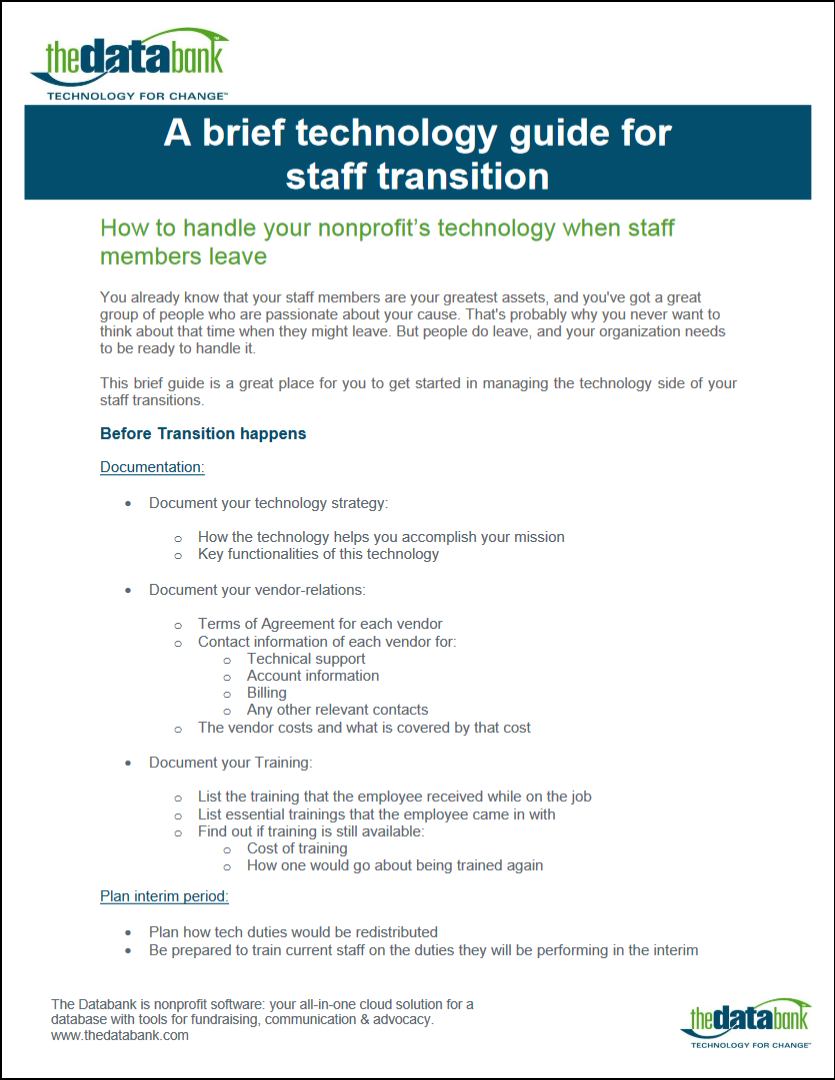

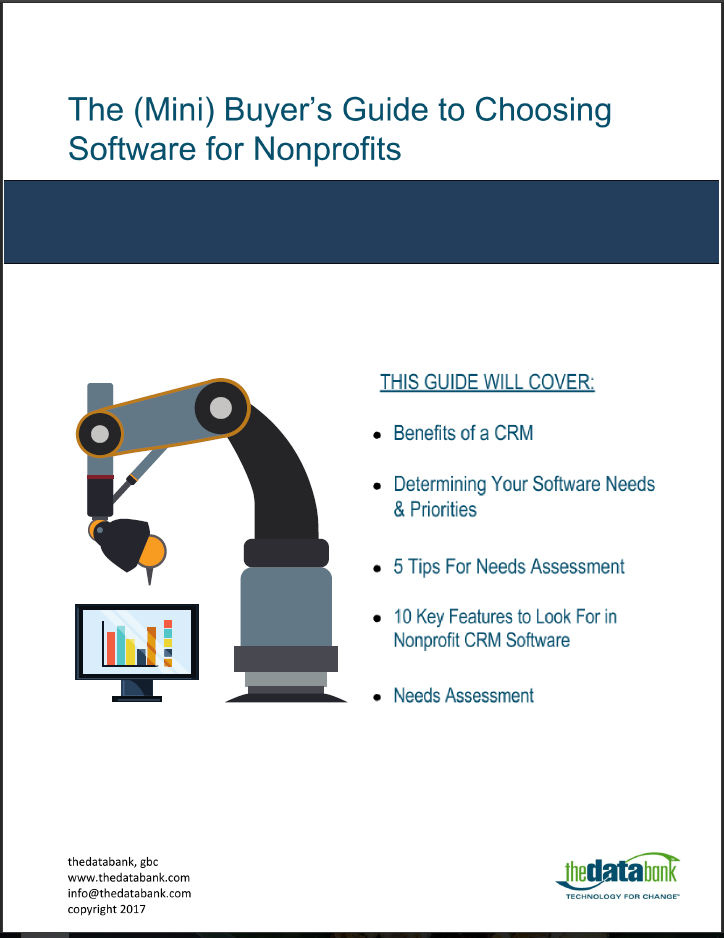
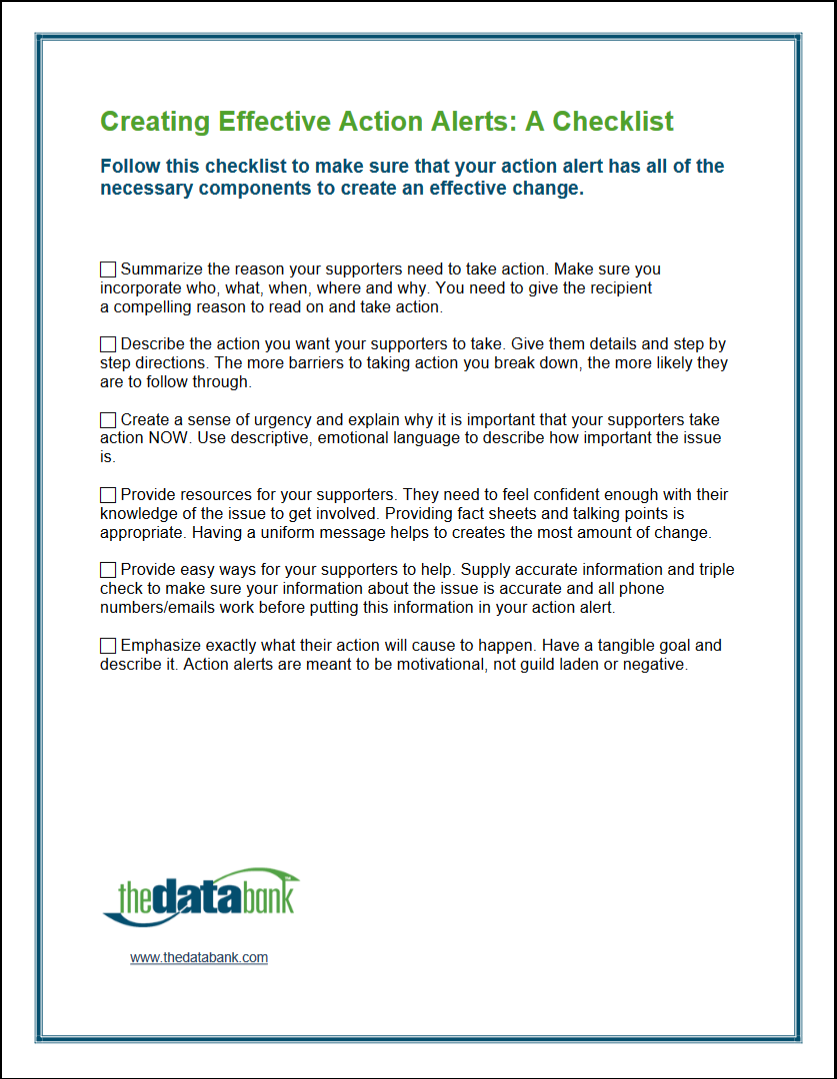

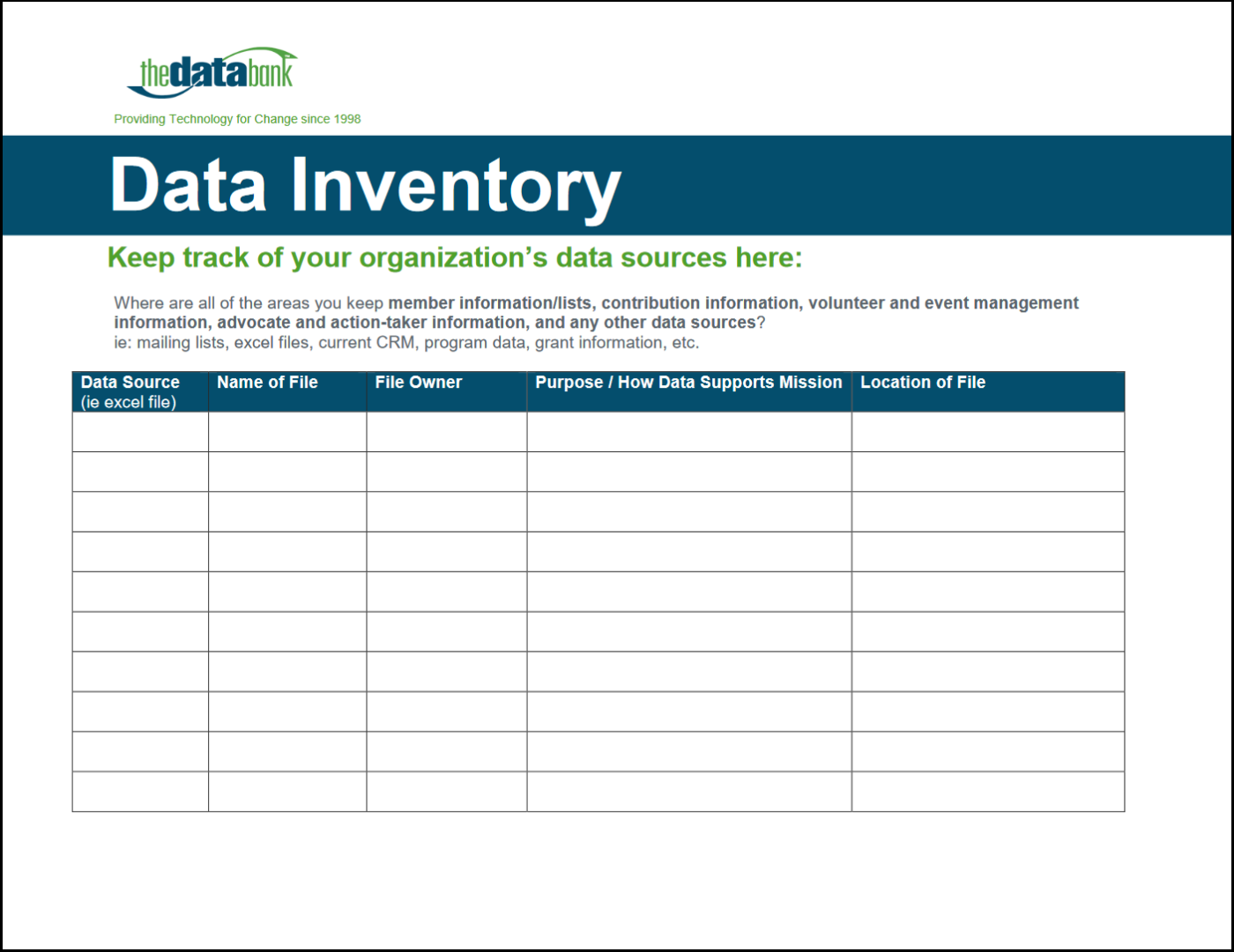




 thedatabank, gbc is technology for change, and we walk the talk.
thedatabank, gbc is technology for change, and we walk the talk. 